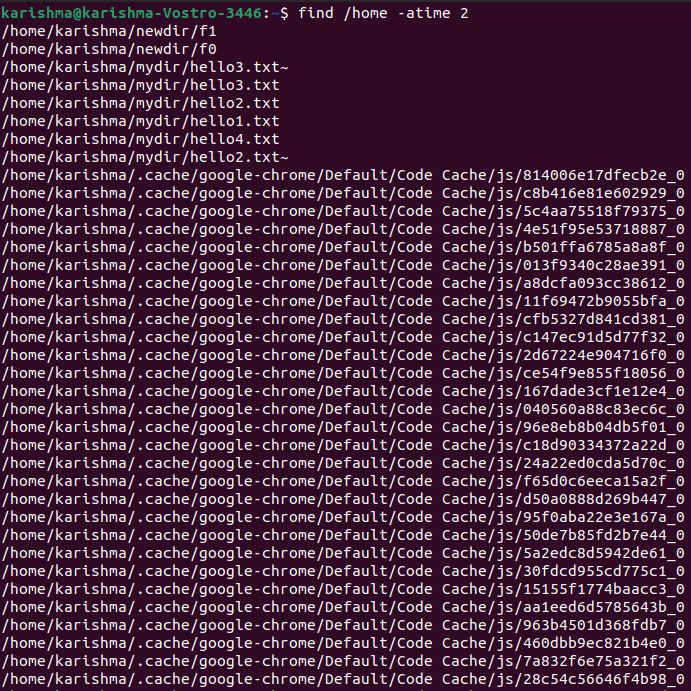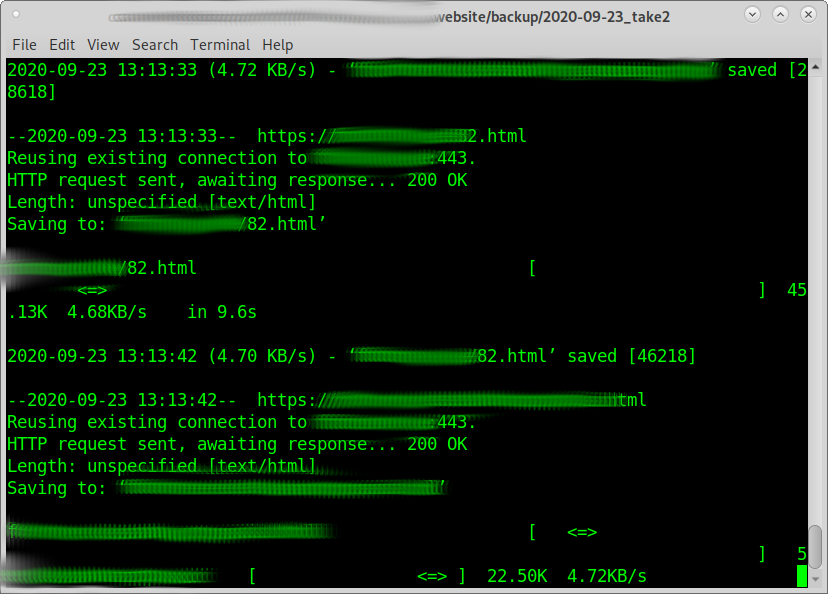

everything you need for working with files and filesystems,.To give you all the tools for your day-to-day work at the Linux command line, I have created “The ShellToolbox”. If it comes to working at the Linux command line - at the end of the day it is always about knowing the right tool for the right task.Īnd it is about knowing the tools that are most certainly available on the Linux system you are currently on.
#FIND FILE LINUX RECURSEVILY PDF#
This framework comes as a free pdf and you can get it here. In this framework I guide you through 5 simple steps to feel comfortable at the Linux command line. Have a look at “The Linux Beginners Framework” If you wanna know more about such “internal mechanisms” of the Linux command line - written especially for Linux beginners If you followed me through this article, you certainly have realized that knowing some internals about how things are working at the Linux command line, can save you a lot of time and frustration.Īnd sometimes it’s just fun to leverage these powerful mechanics. Mission Accomplished! Here is what to do next (Take care, that the "-s" here is now a lowercase one) While the filename is printed out by default, the parameter "-s" instructs “ls” to print out the size of every file too. Instead let’s print out only the information we need: The name of each file and its size. This can be done by calling “ls” without this “-l” switch that shows all these details of the individual files. First: Let’s print out only the filename and the size. To help sort a little bit, let’s generate the output of “ls” in a more “machine readable” way. And it can do this in different ways - for instance alphabetically or numerically. The command “sort” is a tool that helps you to sort text based data. But sorting all the files together by size needs to be done in a different way.Īnd if it comes to sorting something at the Linux command line, then the tool “sort” is the tool to go … Sorting the files by size with “sort”

So the approach with “ls” is great for listing files recursively.
#FIND FILE LINUX RECURSEVILY HOW TO#
If you found this post interesting, I’ve also written up some examples of how to grep using Windows Powershell here.From the result of this command line, three things can be seen: type f -exec grep -n "text_to_find" \ -print

If you have filenames with spaces in them, the commands above will not work properly, another alternative is:įind. type f -print | xargs file | grep -i text | cut -d ':' -f 1 | xargs grep text_to_find If you don’t know what file type to narrow the search by, you make use of the “ file” command to restrict the search to text files only:įind. name '*.c' | xargs grep -n "text_to_find" You can narrow down the selection criteria:įind. The above command is fine if you don’t have many files to search though, but it will search all files types, including binaries, so may be very slow. If you do not have GNU grep on your Unix system, you can still grep recursively, by combining the find command with grep: But older releases of Unix do not have GNU grep and do not have any option to grep recursively. This is all very easy because Linux includes GNU grep. To search within particular file types:.Note line numbers are added with -n option I always like to use grep -rn because it shows the line number also:.You could easily replace that with “/etc” for example: The dot simply means start the search from the current working directory.“text_to_find” is the string to search for.If you’re using Linux, performing a recursive grep is very easy.


 0 kommentar(er)
0 kommentar(er)
